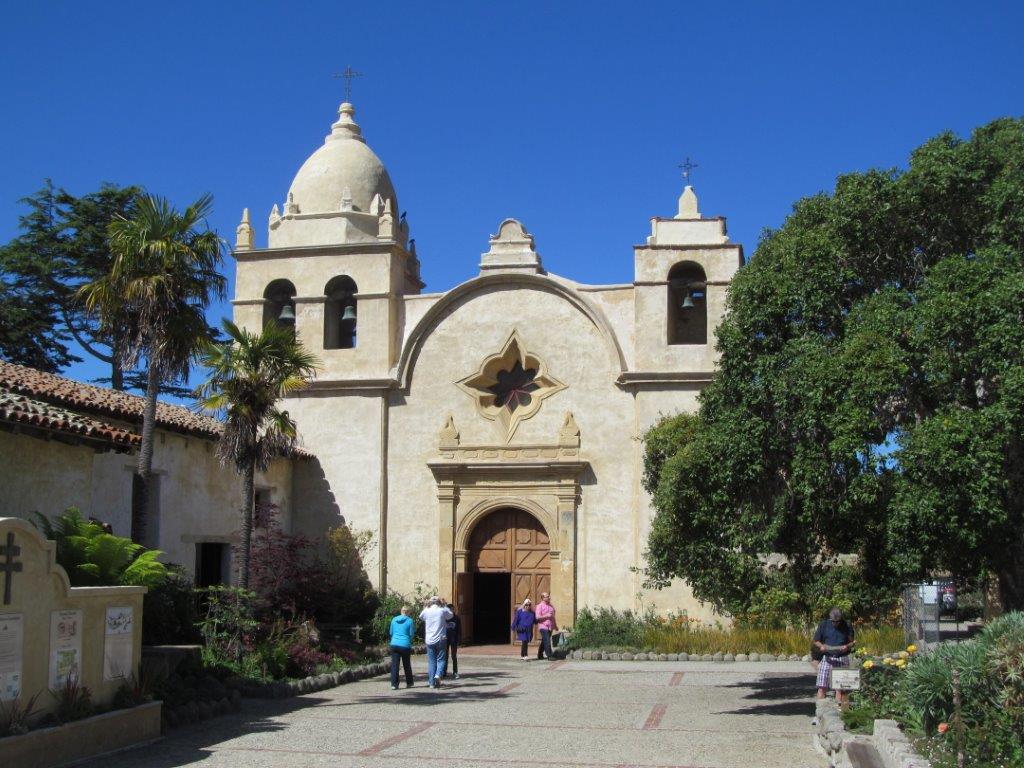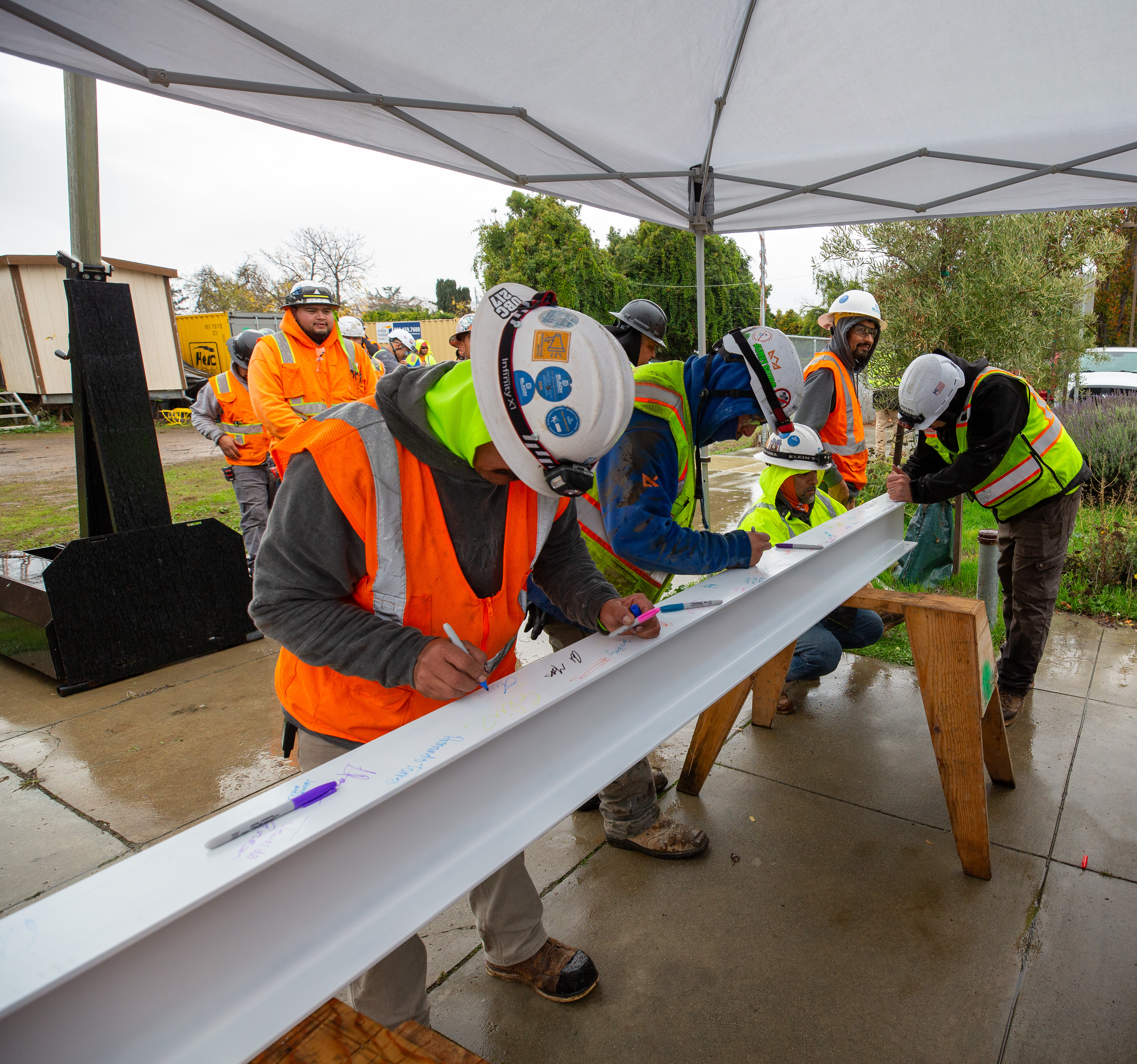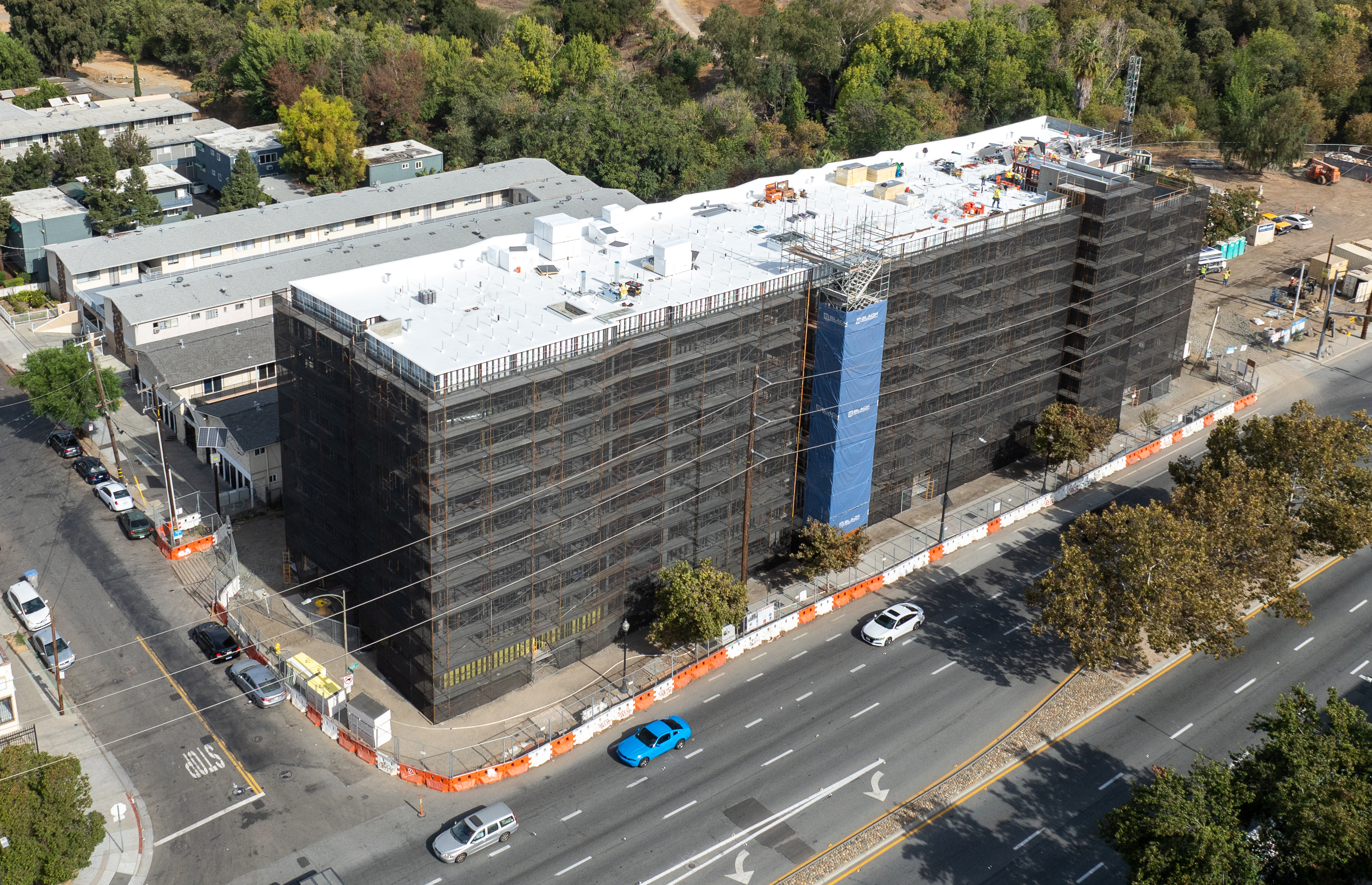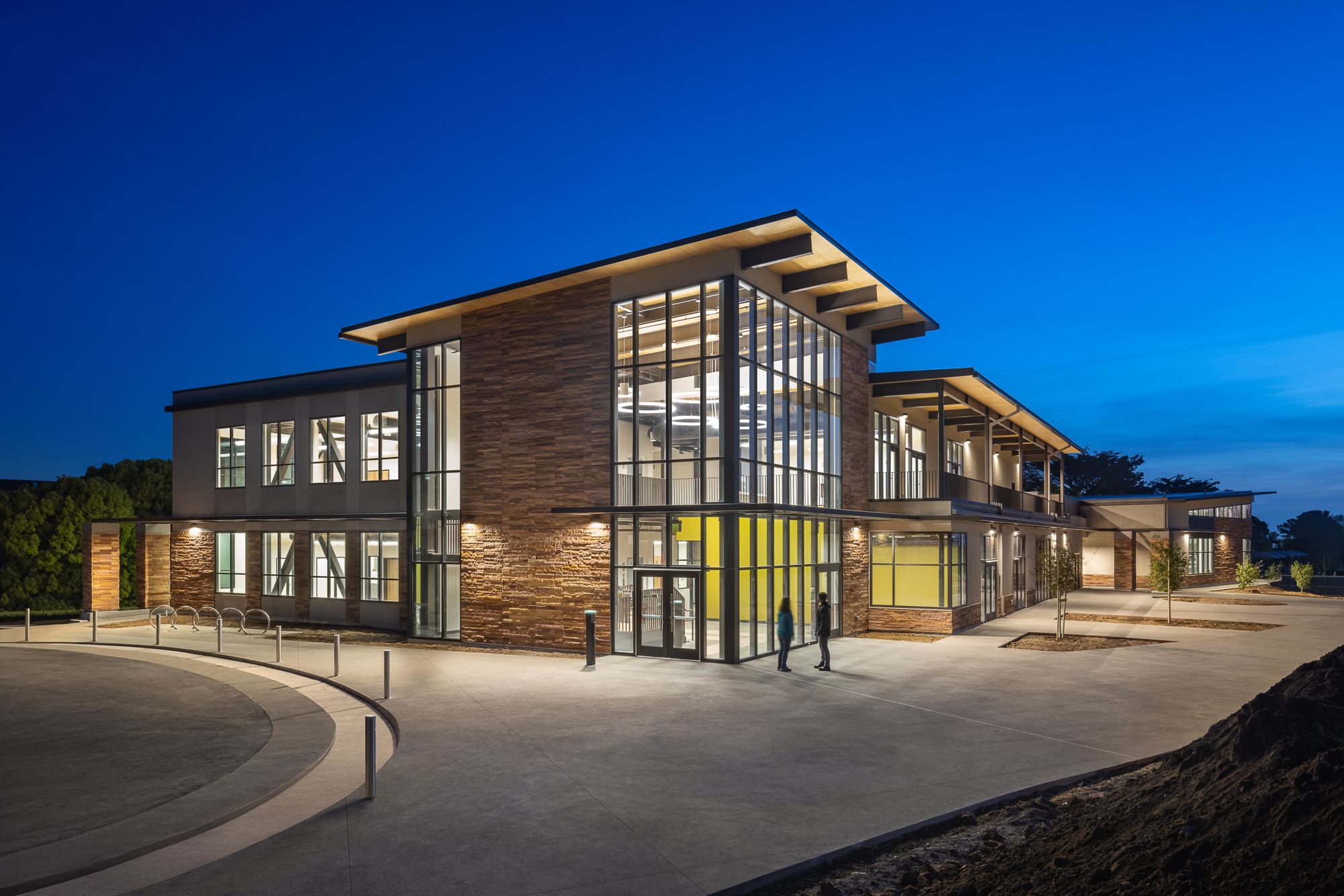Monterey, Calif. – (July 24, 2013) – Blach Construction Company, a commercial building contractor and construction manager serving the Central Coast, Northern California and Sacramento, recently completed a $6 million seismic retrofit and restoration of the historic Carmel Mission Basilica, a National Historic Landmark.
This project was designed to preserve the Basilica’s integrity, beauty and history. Now three times stronger than before, the Basilica is no longer an unreinforced masonry structure and earthquake warning signs, which are required by the state of California for all unstable buildings, have been removed.
One of the primary challenges of this project was that all work was performed while the Basilica remained open for religious and other activities. In conjunction with all project partners, Blach planned and executed a detailed safety plan to work around the operational site while also protecting the safety of all construction staff.
“The Basilica seismic retrofit and restoration work was accomplished under budget, in record time, and with no lost-time accidents due to the unprecedented cooperation of the project team and the professionalism and outstanding efforts of the general contractor, Blach Construction” explained Victor Grabrian, President & CEO of the Carmel Mission Foundation.
Originally estimated to cost $7.2 million, more than $1 million was saved by accelerating future Basilica restoration work to overlap with the seismic retrofit and taking advantage of existing scaffolding and contractor infrastructure already in place. All Basilica work was accomplished within the project schedule and with no lost-time accidents.
“We are so proud to have been involved in such a culturally and historically significant project to both the local community and California as a whole,” said John Haupt, Central Coast Region Manager for Blach Construction.
Work began last August when scaffolding was erected, followed by the installation of a weather protection structure over the Basilica to allow work to continue during the rainy season. After temporarily removing the roof tiles, the roof was strengthened through the installation of additional wood beams and metal collectors. Cement bond beams and steel I-beams were inserted to reinforce and tie the structure together.
In order to stabilize the 220-year-old-walls without affecting the appearance of the Basilica, Blach drilled over 300 center-cored vertical and horizontal holes into which the team inserted steel rods and grouted them into place. New electrical and fire suppression systems were installed, together with new interior lighting. Finally, before the scaffolding was removed, repairs were made to the exterior walls, buttresses, towers, and dome, involving special restoration techniques compatible with the Basilica’s historic materials.
“Our team’s use of 3D modeling tools helped deliver this project on schedule, prevented unforeseen challenges, and resulted in significantly reduced cost, time and risk – all with zero impact to the Basilica,” added Haupt.
Due to the height and unique shape of the Basilica’s ceiling and small attic space, it was un-measureable and inaccessible via traditional construction approaches. To solve this challenge, Blach used its in-house laser scanning tools to scan and measure existing conditions, as there were no accurate as-built construction drawings.
From the scan, the team created a comprehensive 3D model of the Basilica, capturing measurements and drawings of various components in the roof structure that assisted the successful installation of replacement pieces. The scan’s exact measurements also enabled the team to pinpoint the precise sizing and placement of each beam and framing member and then prefabricate them. This eliminated onsite adjustments and potential liabilities to the added structural components.
“This was a very complicated and delicate project, which called for out-of-the-box thinking and the use of some of the latest technologies, such as laser scanning,” added Grabrian. “Blach’s idea to construct a weather protection structure over the top of Basilica while the roof was removed was brilliant and led to numerous efficiencies.”
The Carmel Mission Foundation was founded in 2008 as a 501(c)(3) non-profit corporation and is independent from any religious organization. Its purpose is to fund the restoration and maintenance of the historic Carmel Mission structures and artifacts, ensuring their preservation into perpetuity.
Blach Construction Company builds structures of enduring quality and value throughout northern and central California. The company’s experience encompasses a broad cross-section of commercial, industrial and institutional building types, including education, healthcare, technology, life sciences, professional services and civic/community facilities. Blach is also a recognized leader in sustainable design and construction. The company is based in the Silicon Valley, with full-service regional offices located in Monterey and Sacramento.








